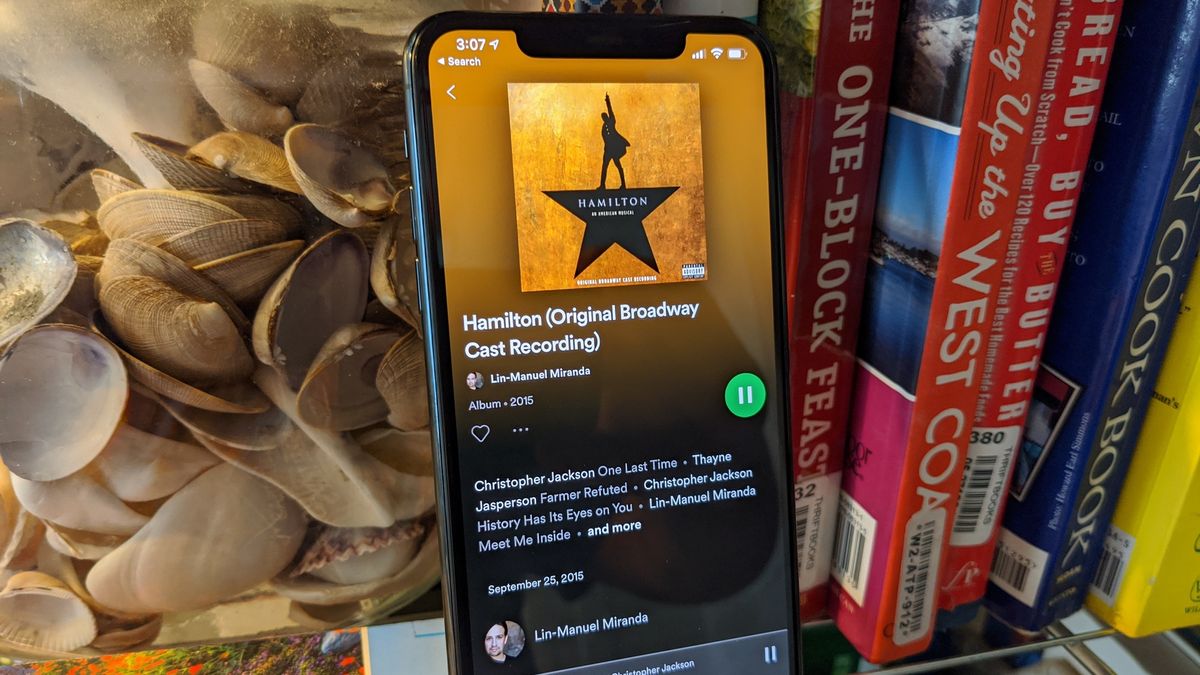How much data does Spotify use? It depends on the sound quality you choose. The higher it is, the more data the streaming service will burn through. In any case, Spotify uses way less data than video streaming services (more on this later) and probably less than most people think.
Spotify gives you the illusion that you have a music collection. It lets you import all of your local songs on your computer (in my case, 10,000 or so) as well as all of your iTunes and Windows. When you first register and install Spotify, you need to agree to the terms before you can start using it. Spotify’s terms are updated every now and again (usually when new features are introduced), and when this happens, you have to accept any significant changes to the terms when you log into the updated software.

The Spotify Android app lets you choose between five sound quality settings: Low (24kbps), Normal (96kbps), High (160kbps), Very high (320kbps), and Automatic (dependent on your network connection). You can access these options by heading to Settings > Music Quality on your Android phone.
Don’t miss: After a week with YouTube Music, my heart is still with Spotify
To simplify things as much as possible, I’ve prepared an overview of how much data each setting uses per minute and hour as well as how long you’d have to stream music for to burn through 1GB of data. Keep in mind these numbers are approximate. Spotify can cache songs you’ve previously listened to, meaning they may not eat up the same amount of data the second time you play them.
Low (24kbps):
- Per minute: 0.18MB
- Per hour: 10.8MB
- How long until you reach 1GB: 92.5 hours

Normal (96kbps):
- Per minute: 0.72MB
- Per hour: 43.2MB
- How long until you reach 1GB: 23.1 hours
High (160kbps):
- Per minute: 1.2MB
- Per hour: 72MB
- How long until you reach 1GB: 13.8 hours
Very high (320kbps):
- Per minute: 2.4MB
- Per hour: 144MB
- How long until you reach 1GB: 6.9 hours
Now that you know how much data Spotify uses, let’s see how the numbers compare to video streaming. Watching HD content on Netflix uses up to 3GB of data per hour or as much as 7GB when the resolution gets bumped up to Ultra HD. Medium quality (SD) is a lot less data hungry, burning through 0.7GB per hour. Still, that’s almost five times as much as streaming music with the best sound quality available (320kbps).
Apple Music vs Spotify vs Google Play Music
What about Spotify’s competitors? Google Play Music and Deezer both offer a maximum audio bitrate of 320kbps, which uses approximately 144MB of data per hour. So does Tidal, although it also has a Hi-Fi plan with a bitrate of 1.411kbps for improved sound quality. It’s a lot more data hungry, using around 635MB per hour. Apple Music, on the other hand, has a maximum bitrate of 256kbps, which translates to around 115MB of data per hour.
An important thing to keep in mind is that Spotify — as well as other streaming services mentioned in this post — lets you download songs to your phone, which means you don’t have to use any data at all when listening to music.
How many hours per week do you listen to music on Spotify or other streaming services? Let us know in the comments!
#1. AudFree Spotify Playlist Downloader (Mac, Windows)
If you are seeking a professional Spotify downloader, AudFree Spotify Playlist Downloader could be the best option for you. It's a combination of Spotify playlist downloader and converter. It is able to download and convert Spotify music to MP3 and other formats with no quality loss.
Besides, it operates at up to 5X faster speed due to the innovative DRM decrypting core. Better still, it can keep the original ID3 tags such as track title, number, artist, album, cover, and so on. You can also edit output music quality by adjusting bit rate, channel, sample rate, and so forth.
For both free and premium users, you can use it to enjoy all Spotify music offline without ads. It could be a charming experience to play Spotify on any popular player and device.
How to Download Spotify Playlist
I Need To Download Spotify

Step 1. Open AudFree Spotify Playlist Downloader. Drag and drop songs or playlists to the main interface of this tool.
Step 2. If necessary, you can customize output format and others in the setting window.
Step 3. Click the 'Convert' button. And then all Spotify playlists will be downloaded at 5X speed.
Pros:
* Download Spotify songs, playlists for both free and premium users
* Convert Spotify playlist to MP3, WAV, FLAC, and others
* Keep lossless quality while downloading the songs
* It works well with Windows Store version of Spotify app
Do I Have To Download Spotify To Use It
Cons:
How To Use Spotify On Computer
* Not free